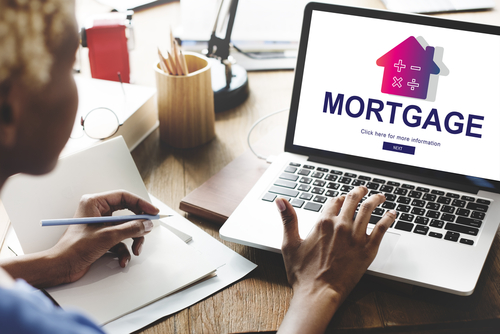The affordability of home prices improved for the second straight month in July, according to the Mortgage Bankers Association’s (MBA) Purchase Applications Payment Index (PAPI).

The index measures how new monthly mortgage payments vary across time – relative to income – using data from MBA’s Weekly Applications Survey (WAS). In July, the national median payment applied for by applicants decreased to $1,844 from $1,893 in June. In terms of the index, the national PAPI decreased 3.8 percent to 157.7 in July from 163.9 in June. This means that payments on new mortgages took up a smaller share of a typical person’s income.
“Affordability conditions improved modestly in most of the country in July, as slightly lower mortgage rates and a decrease in the median loan amount led to the typical homebuyer’s mortgage payment falling $49 from June,” said Edward Seiler, MBA’s associate vice president of housing economics and executive director of the Research Institute for Housing America. “Homebuyer demand has faltered this summer, as lingering economic uncertainty, high inflation, and still-high mortgage rates caused many prospective buyers to delay their home search. The combination of a strong job market and moderating home-price growth could entice some of these buyers to return in the coming months.”
An increase in MBA’s PAPI means that the mortgage payment to income ratio (PIR) is higher due to increasing application loan amounts, rising mortgage rates, or a decrease in earnings. A decrease in the PAPI occurs when loan application amounts decrease, mortgage rates decrease, or earnings increase.
While down the last two months, it is up significantly from a year ago. Since July 2021, the index has jumped 35.2 percent.
Also, MBA’s national mortgage payment to rent ratio (MPRR) increased to 1.44 at the end of the second quarter (June 2022) from 1.38 at the end of the first quarter (March 2022). This means that mortgage payments for home purchases have increased relative to rents. The national median asking rent in the second-quarter increased 4.7 percent on a quarterly basis to $1,314, up from $1,255 in the first quarter.
“Rent growth has remained incredibly strong in recent quarters, but the influx of new developments coming onto the market should alleviate some of the affordability pressures that are affecting renters in many parts of the country,” Seiler said.
The top five states with the highest PAPI were: Idaho (250.8), Nevada (249.6), Arizona (230.5), Utah (209.9) and Florida (201.1). The five states with the lowest PAPI were: Washington, D.C. (101.4), Connecticut (105.1), Alaska (110.3), Louisiana (110.9), and West Virginia (116.6).